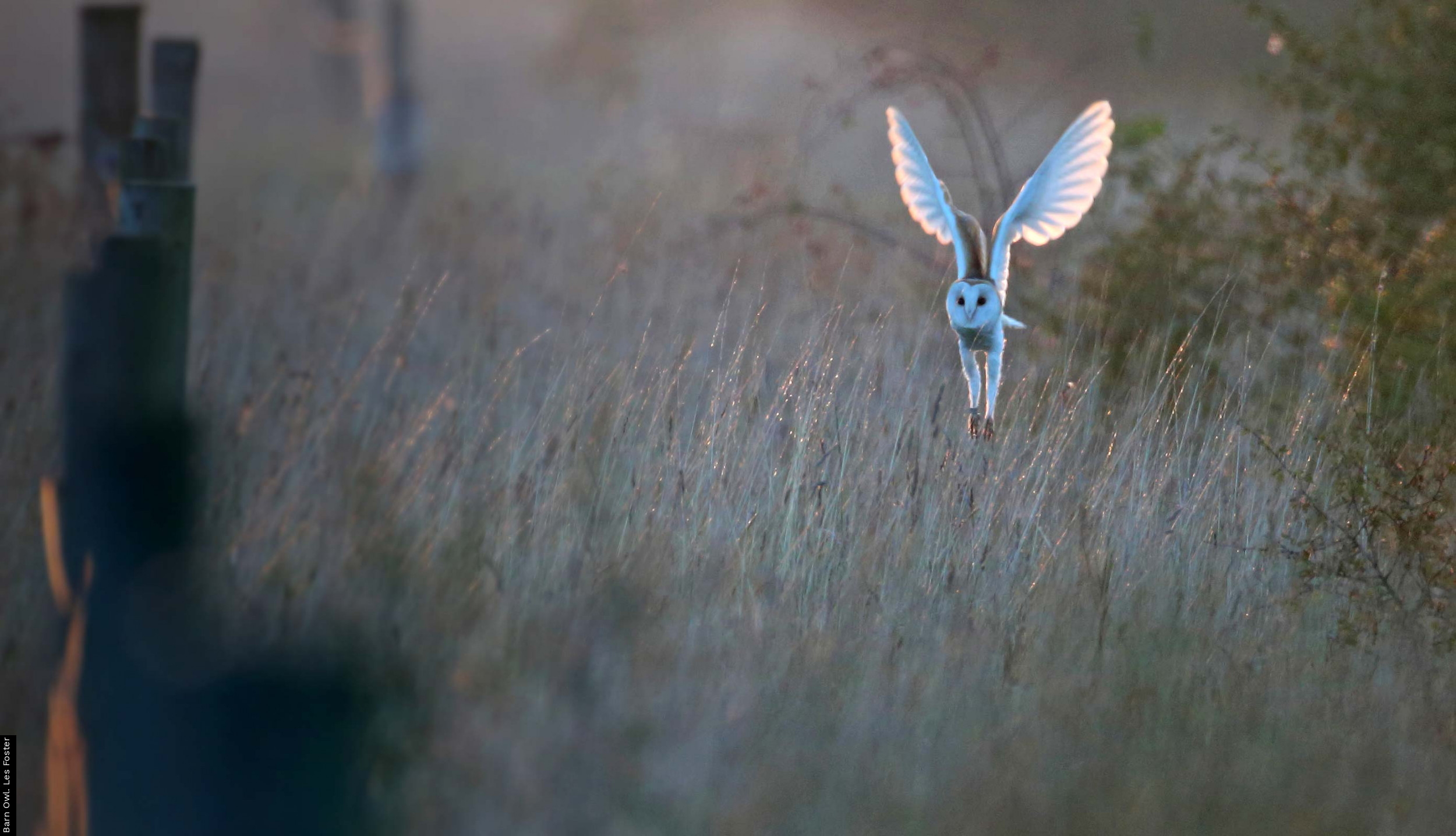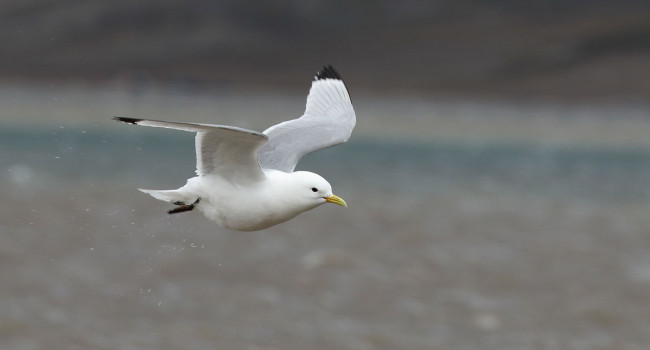Scolopacidae - Sandpipers and Allies
The 86 species in this family are some of the commonest birds of shorelines around the world and they have evolved into a wide variety of body forms. Most have long bills relative to their body size and feed by touch on buried prey, unlike their close relatives, the plovers. The variety of bill shapes found in this family is a classic example of partitioning of an ecological resource. The short-bill of the Dunlin means it forages on prey which are on or near the mud suface, the longer bill of the Black-tailed Godwit means it can probe greater depths, and the Curlew, with its long, down-curved bill reaches the deepest of all. In contrast, the short, stout bill of the Turnstone is ideally suited to turning over pebbles in search of small crabs and shrimps.
The sandpipers and stints are a relatively homogenous group of small waders. Most breed in upland or tundra habitats and migrate southwards to winter in estuaries of temperate latitudes in the Northern and Southern Hemispheres. They can congregate in vast numbers - swirling flocks of tens or hundreds of thousands of Knot on our estuaries must rank as one of the spectacles of the avian world.
The snipes are a small group of cryptically coloured birds who forage in the vegetated fringes of lakes and estuaries, probing the mud with their long bills. They are much more solitary than the sandpipers, rarely occurring more than a few together, except during periods of severe weather. The Snipe is a widely occurring representative in Britain.
The remaining members of the family are a quite diverse collection of birds, though most are long-legged and long-billed birds that breed in lowland or upland grassland and migrate to our coasts in winter. Perhaps the most familiar representatives are the Redshank, usually the first bird to be disturbed on the marsh - taking off with a pentrating call, and the curlew.
Regularly Occurring Species
Knot
Sanderling
Little Stint
Temminck's Stint
Curlew Sandpiper
Purple Sandpiper
Dunlin
Ruff
Jack Snipe
Snipe
Woodcock
Black-tailed Godwit
Bar-tailed Godwit
Whimbrel
Curlew
Spotted Redshank
Redshank
Greenshank
Green Sandpiper
Wood Sandpiper
Common Sandpiper
Turnstone
Occasional Visitors
Great Knot
Semi-palmated Sandpiper
Western Sandpiper
Red-necked Stint
Long-toed Stint
Least Sandpiper
White-rumped Sandpiper
Baird's Sandpiper
Pectoral Sandpiper
Sharp-tailed Sandpiper
Broad-billed Sandpiper
Stilt Sandpiper
Buff-breasted Sandpiper
Wilson's Snipe
Great Snipe
Short-billed Dowitcher
Long-billed Dowitcher
Hudsonian Godwit
Little Curlew
Hudsonian Whimbrel
Slender-billed Curlew
Upland Sandpiper
Marsh Sandpiper
Greater Yellowlegs
Lesser Yellowlegs
Solitary Sandpiper
Terek Sandpiper
Spotted Sandpiper
Grey-tailed Tattler






Share this page